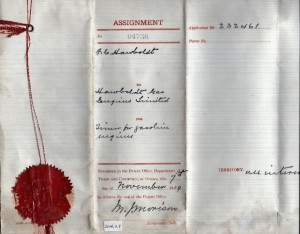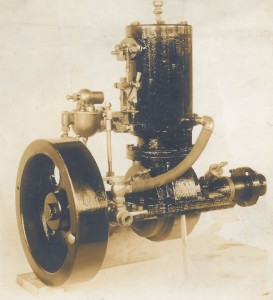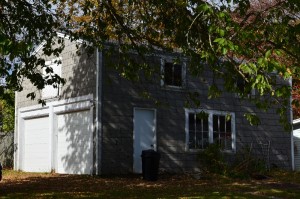Backyard Mechanic
Forman Hawboldt first began tinkering with internal combustion engines in an old barn in his backyard. Then, “…in 1902, after he had successfully powered his way around the tree-lined harbour in Chester, Nova Scotia, inventor Frank [sic] Hawboldt was carried triumphantly away from the wharf on the shoulders of townsfolk whose only experience of small craft had involved sails and oars. Hawboldt had built a two-cycle engine in his barn and, overnight, had changed the whole town’s outlook on life.” (Grayson,1994:1).
In 1906 Hawboldt joined forces with his brother-in-law, Harry Evans. Together they operated a machine shop from Forman’s barn under the name Hawboldt and Evans. After several years, they recognized the space was too small and moved to a new location on North Street, a property once owned by John Stanford, and built a new foundry and machine shop.
Mr. Evans left the business in 1919 and Forman established a limited company known as Hawboldt Gas Engines Ltd. to build two-cycle marine engines. He assigned the patent for the engine timer to the company on November 7, 1919. This company operated until 1921 when a fire destroyed the premises. Forman bought-out the remaining shareholders, rebuilt the foundry and formed the Hawboldt Gas Engines Company which operated until his retirement in 1946.
Interview with Alan Bremner who worked for Hawboldt’s until he retired.
View this Video with Transcript
______________________________________________________
“Foreman Hawboldt was my grandfather and I am proud of his many accomplishments. He was a man who was ahead of his time. Not only did he design and install a village water supply and an electricity company, his marine inventions helped revolutionize the fishing industry. When he began it was the time of horses and sailing ships. By the time he retired in 1946 it was gas and diesel engines that powered vehicles and fishing boats.”
Brad Armstrong




